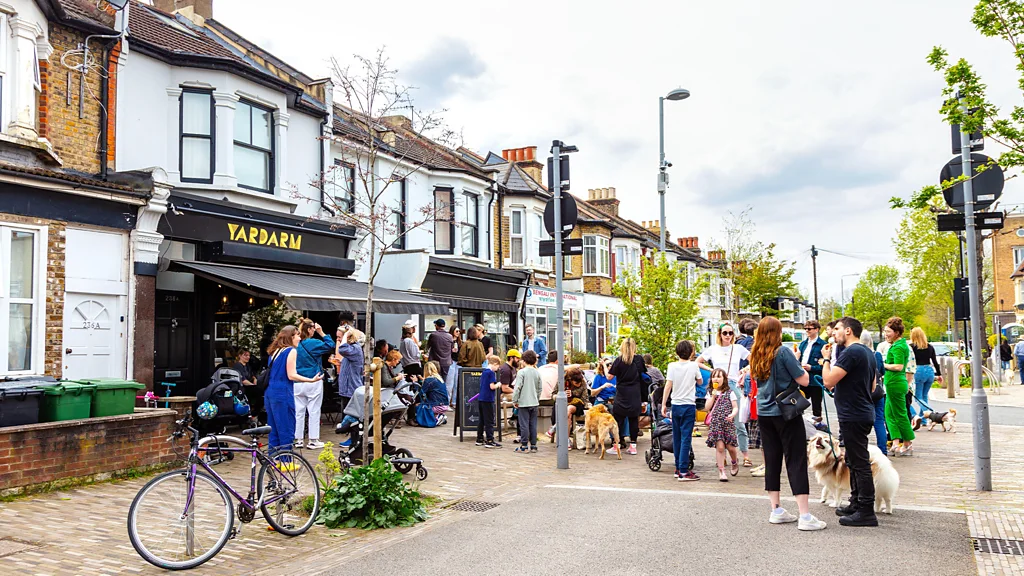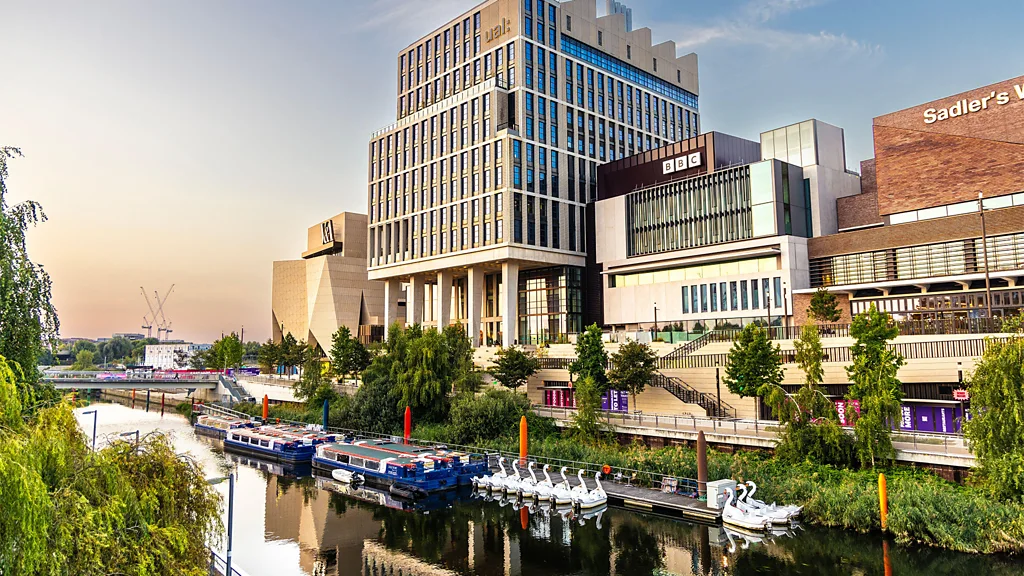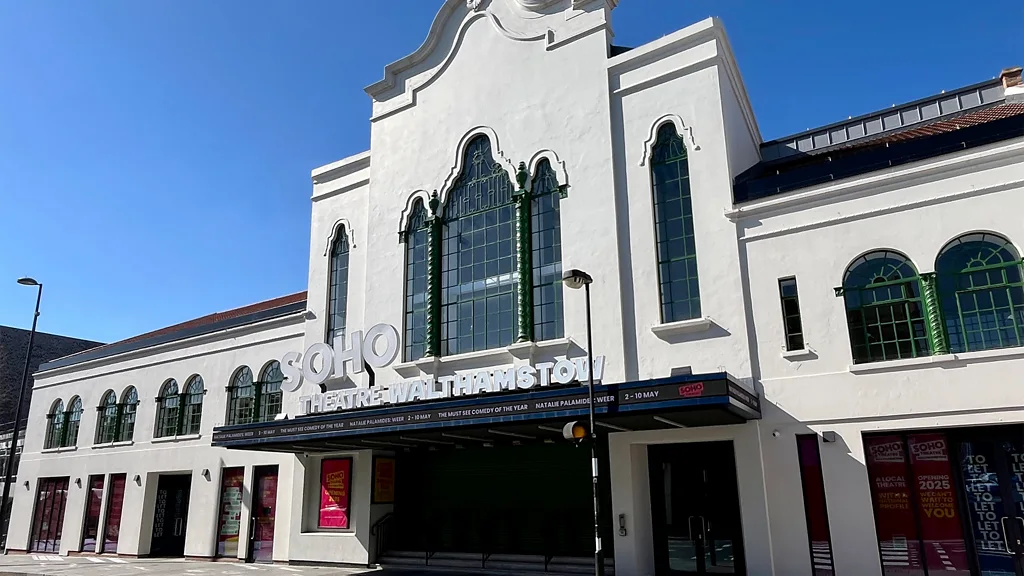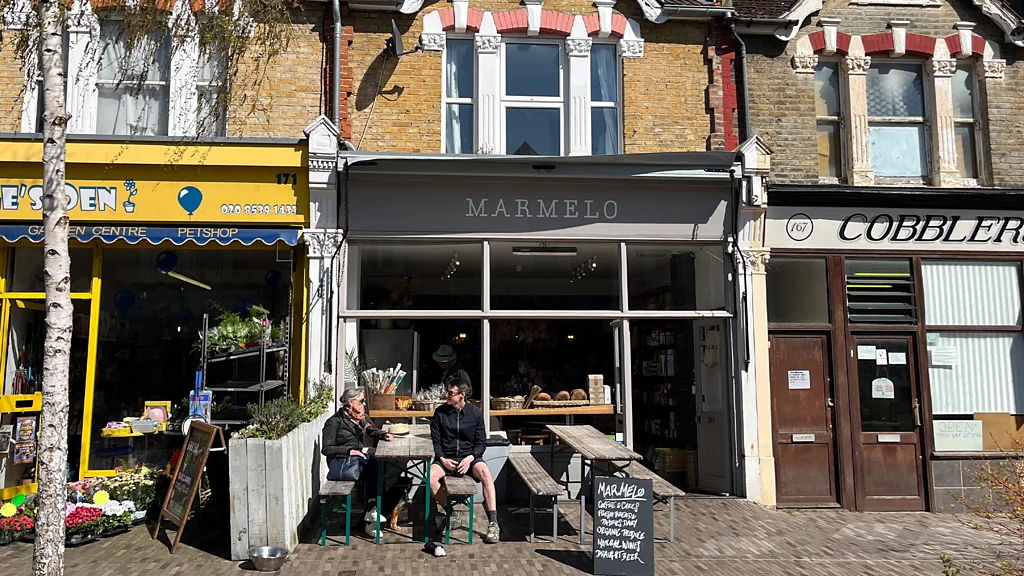Just a few miles beyond the trend-saturated streets of East London’s well-known districts, a quiet revolution is underway — one that is reshaping the cultural identity of outer East London. What was once considered a peripheral and overlooked area is now undergoing a vibrant transformation. In 2025, outer boroughs like Waltham Forest and Newham are emerging as dynamic cultural hubs, buzzing with creative energy, innovation, and community-driven reinvention.
For decades, “East London” has served as shorthand for artistic rebellion, underground nightlife, and cutting-edge trends. From the grungy warehouse parties of the 1980s to the stylish gentrification of Shoreditch in the 2010s, it has long been at the forefront of London’s creative pulse. But as rising rents and commercial overdevelopment pushed artists and independent entrepreneurs to the city’s margins, a new frontier began to take shape.
In areas like Dalston, Hackney, and Bethnal Green, small galleries, pop-up cafes, and experimental theatres still thrive, but the next wave of cultural evolution has moved even further outward — into previously ignored postcodes. Now, Waltham Forest and Newham are attracting artists, developers, and curious visitors in equal measure, setting the stage for what some are calling “London’s cultural eastward expansion.”
Stratford — once known mainly for hosting the 2012 Olympics — has quietly become the gateway to this blossoming scene. From here, the energy travels north into Leyton and Walthamstow, where disused industrial sites are being reimagined into contemporary art spaces, and former council buildings now host innovative theatre productions and cultural residencies. At the same time, Newham is embracing a renaissance of its own, with new arts venues, community programs, and bold architectural projects reflecting the borough’s multicultural spirit.
This shift isn’t just a passing trend — it’s a sign of a deeper transformation taking place in how Londoners engage with their city. No longer confined to inner-city hotspots, the city’s artistic and social life is becoming more diffuse, more experimental, and more community-driven. With spring 2025 bringing a flurry of new openings, outer East London is stepping into the spotlight as the city’s freshest cultural destination — a place where creativity feels raw, authentic, and unfiltered.

The remarkable rise of Waltham Forest and Newham as creative powerhouses didn’t happen overnight. One of the key catalysts for this transformation was the 2012 London Olympics, which reshaped the very fabric of East London. What was once an expanse of scrapyards, underused warehouses, and post-industrial brownfield land was reborn as the Queen Elizabeth Olympic Park — a sprawling, green oasis threading together rivers, canals, and regenerated wetlands. Encompassing parts of Stratford, Leyton, and Hackney, this revitalized zone became a symbol of how legacy infrastructure from global events can fuel long-term urban renewal.
Britannia Morton, co-chief executive of the historic Sadler’s Wells dance theatre — originally founded in the 18th century in Islington — explained the impact of the Olympics succinctly: “The Olympics brought a huge amount of investment in infrastructure, transport links and housing. The Olympic Park, where our new Sadler’s Wells East is based, was created by converting marshland into this beautiful environment.”
Indeed, Sadler’s Wells East, which officially opened in February 2025, is one of the crown jewels of this transformation. The theatre is located within East Bank, a £1.1 billion cultural complex nestled along the waterways of the Olympic Park. East Bank was envisioned as London’s newest cultural quarter — one that blends public art, education, and performance into a cohesive, open-access space. Interestingly, this sophisticated venue now sits on the site once known unceremoniously as Fridge Mountain — a towering heap of discarded refrigerators and electronic appliances. That past has been buried, quite literally, under layers of innovation and imagination.
The first institution to launch at East Bank was the University of the Arts London’s College of Fashion, which opened in October 2023. Its public-facing galleries and vibrant café set the tone for a space meant not just for students but for the broader community. Following suit, Sadler’s Wells East introduced a striking red-brick building inspired by Italian design. Inside, it boasts a 550-seat, state-of-the-art auditorium and six high-tech dance studios, designed to accommodate everything from classical ballet to experimental performance art.
“Whether you’re interested in ballet, hip-hop, kathak or contemporary, our eclectic programme brings the most innovative work created locally, nationally and internationally to Stratford,” Morton said. The venue also takes pride in its accessibility, with free public events, community dance sessions, and inclusive workshops that aim to involve local residents of all ages and backgrounds.
Beyond the performances, visitors are invited to relax at the venue’s on-site restaurant and bar, or take in the panoramic rooftop views, which span some of East London’s most iconic Olympic-era landmarks: the London Aquatics Centre, the monumental ArcelorMittal Orbit — a swirling, 114.5-metre sculpture by Sir Anish Kapoor — and the London Stadium, now home to Premier League football and large-scale concerts. These sights offer more than just scenery; they represent how the legacy of 2012 continues to ripple outward, fuelling both economic development and artistic resurgence.
Together, these cultural pillars are not just revitalizing real estate — they are redefining how Londoners connect with their city’s creative spirit. East Bank, and by extension outer East London, is no longer a fringe experiment. It is quickly becoming one of the capital’s most forward-looking cultural playgrounds.

Just across the park from East Bank, at the Here East innovation and tech campus — formerly the London 2012 Olympics Media Centre — yet another cultural giant is preparing to open its doors: the V&A East Storehouse, launching on 31 May 2025. As part of the Victoria and Albert Museum’s ambitious eastward expansion, this sleek, glass-fronted facility marks the first phase of V&A East — a two-part institution that aims to radically reimagine public access to art, design, and heritage in the 21st century.
The V&A East Storehouse will serve as the new home for the museum’s extensive reserve collection, long hidden from public view. But this isn’t just a storage facility — it’s been designed as an immersive, transparent space that offers a “magical new behind-the-scenes museum experience,” as described by Tim Reeve, the museum’s deputy director and chief operating officer. Visitors can explore 100 curated mini-exhibits drawn from a staggering half a million artifacts, ranging from Dior haute couture gowns to mid-century modern furniture, Roman-era frescoes, and even the full Glastonbury Festival Archive.
One of the standout features of the Storehouse is the groundbreaking “Order an Object” experience — a world-first initiative that lets the public schedule viewings of virtually any item in the collection, whether it’s a piece of costume history worn by Elton John or ancient ceramics unearthed in the Mediterranean. This interactive, personalized approach is designed to break down barriers to access and encourage deeper, self-directed engagement with culture and history.
“It’s a new standard for access to national collections,” said Reeve. “We’re encouraging visitors to feel empowered to make their own journeys through the V&A’s global collections.”
Adding to the excitement, 13 September 2025 will see the launch of the David Bowie Centre inside the Storehouse — a permanent space dedicated to the iconic musician’s vast personal archive. From handwritten lyrics and stage costumes to unreleased artwork and photography, the centre promises to be a major draw for Bowie fans and music historians alike, further solidifying East London’s status as a global cultural destination.
Looking further ahead, the second phase of V&A East — the V&A East Museum — is set to open at East Bank in spring 2026. This five-storey venue will feature a main exhibition hall hosting major, internationally touring shows, as well as galleries that shine a light on the creative and industrial history of East London. The museum aims to balance its global lens with a strong local narrative, celebrating the artists, designers, and performers who have long defined — and continue to redefine — the city’s most dynamic districts.
With its bold commitment to transparency, innovation, and inclusivity, V&A East is poised to become more than just another museum. It’s an experiment in cultural democracy, and one more reason why outer East London is no longer a periphery — but a pulsating heart of the capital’s creative evolution.

And the cultural renaissance doesn’t stop there. Just a few miles north in Walthamstow, another landmark is preparing to take centre stage. Already a vibrant and diverse suburb, Walthamstow has long been celebrated for its creative undercurrents — from historic village charm and multicultural markets to its growing number of galleries and artisanal eateries. But the opening of the Soho Theatre Walthamstow on 2 May 2025 marks a transformative moment for the area’s cultural identity.
The new venue is housed in a spectacular former cinema originally designed in 1930 by architect Cecil Masey, with a style inspired by the intricate Moorish architecture of Granada’s 13th-century Alhambra Palace. Once a mid-century cultural hotspot that hosted legends like The Beatles, Buddy Holly, Dusty Springfield, and The Rolling Stones, the building fell silent after closing in 2003. Now, after a meticulous restoration, its Art Deco grandeur has been lovingly revived, blending historical elegance with modern functionality.
The Soho Theatre Walthamstow will feature a Grade II-listed 960-seat auditorium, far eclipsing the 240-seat capacity of its original West End location. It also boasts studio performance spaces, four bars, and an on-site restaurant, designed to serve not just as a theatre but as a dynamic social and cultural hub.
“This is the first time we’ve had a professional theatre in the area,” said Annie Jones, executive assistant and key member of the five-year restoration effort. “The programme will list up to nine shows a night – a mix of comedy, cabaret and theatre, all rooted in its community.”
With programming that celebrates diversity, accessibility, and local storytelling, the new Soho Theatre aims to reflect the very essence of Waltham Forest — a borough renowned for its multicultural spirit, creative resilience, and welcoming energy. More than just a venue, it represents the culmination of a long-standing community vision: to bring world-class culture to a place that has always nurtured talent, passion, and performance.
As the curtain rises on this next chapter, Walthamstow firmly cements its place in London’s emerging cultural frontier, joining Stratford, Leyton and the East Bank in redefining what it means to explore East London today.

Bridging the cultural boom between Stratford, the Olympic Park, and Walthamstow is the rapidly rising neighbourhood of Leyton. Once overshadowed by its trendier neighbours, Leyton is now carving out its own identity as one of East London’s most exciting emerging strips — particularly along the revitalised Tilbury Road railway arches.
Once known more for fly-tipping than footfall, this formerly overlooked alleyway opposite Leyton Midland Road station has undergone a grassroots transformation in just the past year. A wave of independent businesses has redefined the atmosphere, introducing an eclectic mix of three bars, a Caribbean restaurant, a bakery, and two soon-to-open artisan cafés — all nestled under the arches, now buzzing with creative energy and a welcoming, hyper-local charm.
The initial spark came with the arrival of two popular microbreweries, whose success drew attention to the area’s untapped potential. Gravity Well, located right in the station arch, offers craft beer lovers a laid-back, industrial-chic setting and experimental brews. Just a short walk away is Libertalia, an edgier, moodier taproom named after a mythical 17th-century anarchist colony — a nod to Leyton’s rebellious spirit and imaginative edge.

